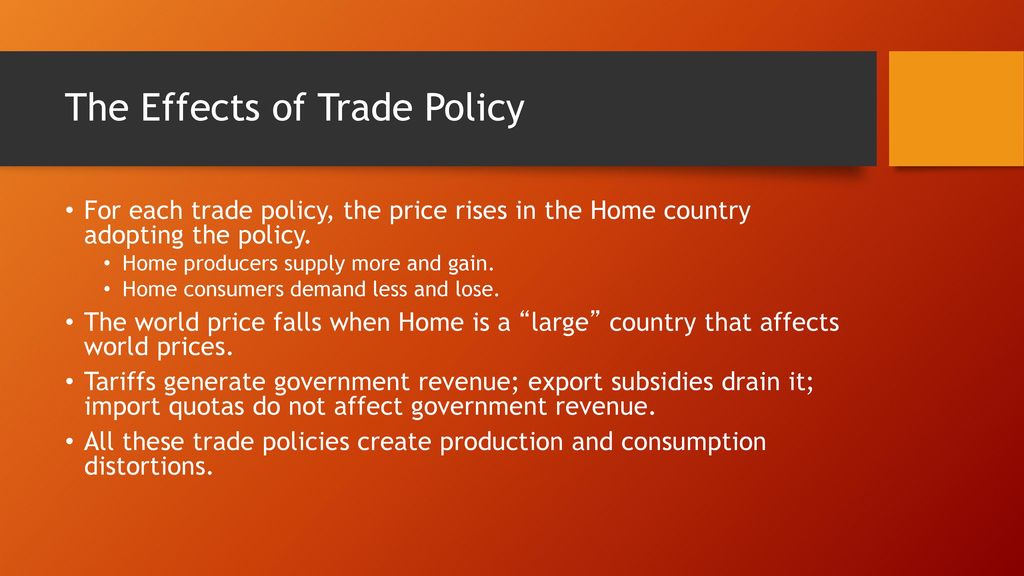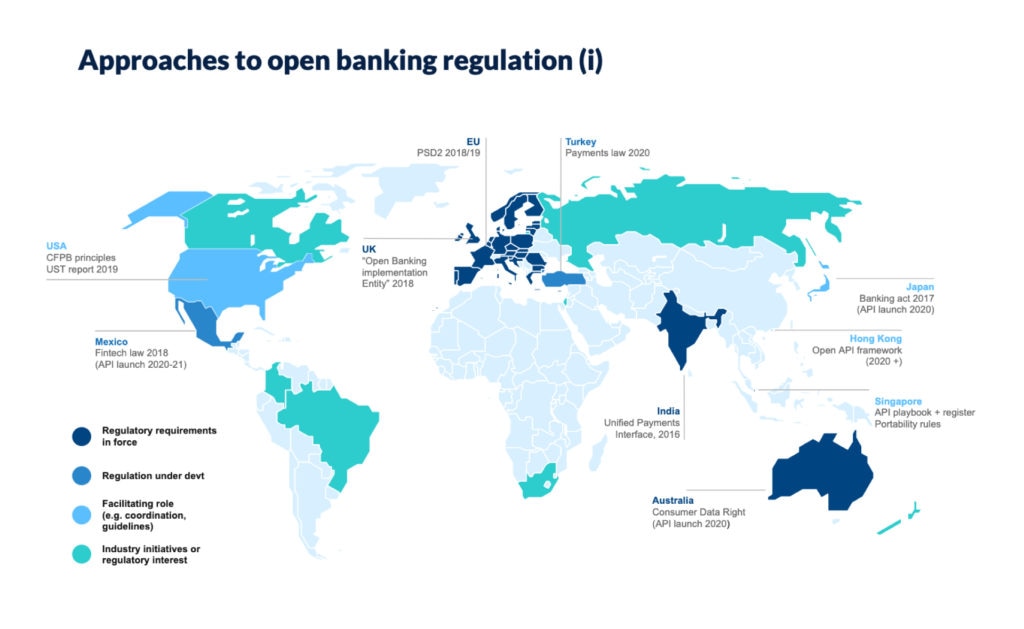
How Trade Policy Affects Consumer Prices: Your Wallet, Explained Simply
Have you ever wondered why that imported smartphone costs what it does, or why your favorite shirt from overseas seems to have gone up in price? The answer often lies in something that sounds complex, but directly impacts your daily life: trade policy.
Trade policy refers to the rules and regulations that governments put in place to manage their international trade. It determines how easily goods and services can flow in and out of a country. While it might seem like a topic reserved for economists and politicians, understanding trade policy is key to understanding why you pay what you do for countless products.
In this long, easy-to-understand guide, we’ll break down how different trade policies directly and indirectly influence the prices you see on store shelves and online.
What Exactly Is Trade Policy?
At its core, trade policy is a set of guidelines and agreements that dictate how a country interacts economically with the rest of the world. Think of it as a country’s strategy for buying and selling goods and services internationally.
Why do governments have trade policies?
- To protect domestic industries: Make it harder for foreign competitors.
- To create jobs: By encouraging local production.
- To ensure national security: By controlling strategic goods.
- To influence foreign relations: Using trade as a tool for diplomacy.
- To generate revenue: Through taxes on imports.
- To promote consumer welfare: By encouraging competition and lower prices (sometimes).
These policies can range from very open (free trade) to very restrictive (protectionism). And each approach has a ripple effect on consumer prices.
The Main Tools of Trade Policy and Their Price Impact
Governments use several key tools to implement their trade policies. Let’s look at the most common ones and how they affect your wallet:
1. Tariffs (Customs Duties)
What they are: A tariff is simply a tax placed on imported goods or services. When a product crosses a country’s border, the importer has to pay this tax to the government.
How they affect consumer prices:
- Direct Price Increase: Imagine a foreign-made car that costs $20,000 to import. If a 25% tariff is imposed, the importer now has to pay an additional $5,000 in tax. To cover this extra cost, the car dealership will likely raise the price of that car for you, the consumer, to $25,000 (plus their usual markup).
- Reduced Competition: Tariffs make imported goods more expensive, which can make domestically produced goods seem more attractive. While this might help local businesses, it can also mean less competition in the market. If domestic producers face less pressure from foreign competitors, they might have less incentive to lower their own prices.
- Retaliation: Sometimes, when one country imposes tariffs, other countries respond with their own tariffs on the first country’s exports. This can lead to a "trade war" where everyone’s goods become more expensive, both for import and export, ultimately hurting consumers and businesses in all involved countries.
In simple terms: Tariffs generally lead to higher prices for imported goods and potentially for domestic goods too, due to reduced competition.
2. Quotas
What they are: A quota is a limit on the quantity of a specific good that can be imported or exported over a certain period. Unlike a tariff, which is a tax, a quota is a physical restriction.
How they affect consumer prices:
- Reduced Supply: If a country sets a quota that only allows 100,000 units of a certain foreign-made washing machine to enter the country, and consumer demand is much higher (say, for 200,000 units), the limited supply will drive up the price of those available washing machines. It’s basic supply and demand: less supply for the same demand means higher prices.
- Limited Choice: Quotas can reduce the variety of products available in the market, forcing consumers to choose from a smaller selection, potentially at higher prices.
In simple terms: Quotas generally lead to higher prices due to artificial scarcity and limited consumer choice.
3. Subsidies
What they are: A subsidy is a form of financial aid or support extended to an economic sector (or institution, business, or individual) by the government. In trade, subsidies often go to domestic industries to help them compete.
How they affect consumer prices:
- Potentially Lower Domestic Prices: When a government subsidizes a local industry (e.g., giving money to domestic farmers), it lowers the production costs for that industry. This can allow domestic producers to sell their goods at a lower price than they otherwise could, potentially benefiting consumers.
- Unfair Competition: While beneficial for local consumers, subsidies can make it very difficult for foreign competitors to sell their goods in that market, as they can’t match the artificially low prices. This can be seen as "unfair trade" by other countries.
In simple terms: Subsidies can lead to lower prices for domestically produced goods, but they can also distort international markets.
4. Free Trade Agreements (FTAs)
What they are: These are pacts between two or more countries to reduce or eliminate tariffs, quotas, and other trade barriers on goods and services exchanged between them. Examples include the USMCA (formerly NAFTA), the European Union (EU), and various bilateral agreements.
How they affect consumer prices:
- Lower Import Costs: By removing tariffs, the cost of importing goods from partner countries immediately drops. This saving is often passed on to consumers in the form of lower prices.
- Increased Competition: With fewer barriers, more foreign goods can enter the market, increasing competition. This pressure forces both foreign and domestic producers to keep their prices competitive and often leads to lower prices for consumers.
- Greater Choice: FTAs expand the variety of goods and services available to consumers, giving them more options and better value.
- Supply Chain Efficiency: FTAs can make it easier and cheaper for businesses to source parts and materials from partner countries, leading to more efficient supply chains and potentially lower final product costs.
In simple terms: FTAs generally lead to lower prices, more choice, and improved product quality due to increased competition.
5. Non-Tariff Barriers (NTBs)
What they are: These are trade barriers that are not tariffs. They include a wide range of regulations, standards, and bureaucratic procedures that can make it difficult or costly to import goods. Examples include:
- Strict health and safety standards: Requiring specific certifications.
- Complex customs procedures: Excessive paperwork and delays.
- Licensing requirements: Only allowing certain importers to bring in goods.
- Embargoes: A complete ban on trade with a particular country.
How they affect consumer prices:
- Increased Costs for Importers: Compliance with complex regulations or delays at customs can add significant costs for importers. These costs are then passed on to consumers.
- Reduced Availability: If a product cannot meet specific standards, it might not be allowed into the country at all, reducing supply and choice.
In simple terms: Non-tariff barriers can lead to higher prices and reduced product availability due to added complexity and costs for importers.
Direct vs. Indirect Effects on Your Wallet
Trade policy doesn’t just affect the price of an imported shirt directly. It creates a cascade of effects throughout the economy.
Direct Effects:
- Clear and immediate impact on specific imported goods: If a tariff is placed on French wine, the price of that wine immediately goes up for the consumer.
- Changes in supply directly alter prices: A quota on Japanese cars means fewer cars, leading to higher prices for the ones that are available.
Indirect Effects:
- Impact on Domestic Goods: If imported goods become more expensive due to tariffs, domestic producers might feel less pressure to keep their prices low, potentially leading to higher prices for locally made alternatives as well.
- Supply Chain Disruptions: Many products today are "made in the world," meaning their components come from various countries. A tariff on a specific component can increase the cost of the final product, even if the assembly happens domestically. For example, a tariff on steel could increase the cost of cars, appliances, and even food cans.
- Innovation and Quality: When there’s more competition from foreign goods (thanks to free trade), domestic companies are often pushed to innovate, improve quality, and become more efficient to stay competitive. This can lead to better products and lower prices over time. Conversely, too much protectionism can make domestic industries complacent, leading to less innovation and potentially lower quality or higher prices.
- Overall Inflation/Deflation: Widespread changes in trade policy can contribute to broader economic trends. If many imported goods become more expensive, it can contribute to overall inflation (a general increase in prices). Conversely, removing trade barriers can contribute to deflationary pressures (a general decrease in prices).
- Job Market Impact: While not a direct price effect, trade policies can affect job availability and wages in certain sectors. This, in turn, influences consumer purchasing power and overall economic demand.
Who Wins and Who Loses? (From a Consumer Price Perspective)
It’s rare for trade policy to be a win-win for everyone. There are always trade-offs.
Consumers:
- Generally Lose with Protectionism: Higher prices, less choice, potentially lower quality.
- Generally Win with Free Trade: Lower prices, more choice, potentially higher quality.
Domestic Industries (Protected):
- Can Win in the Short Term: Less competition from imports means they can sell more goods and potentially charge higher prices.
- Can Lose in the Long Term: Without foreign competition, they might become less innovative or efficient, making them vulnerable if policies change.
Domestic Industries (Export-Oriented):
- Can Lose with Protectionism: If their country imposes tariffs, other countries might retaliate with their own tariffs, making it harder for the export-oriented industries to sell their products abroad.
- Can Win with Free Trade: Easier access to foreign markets means more sales opportunities.
Government:
- Wins Revenue: Tariffs generate tax revenue for the government.
- Potentially Loses Economic Growth: If trade barriers stifle overall economic activity, the government might collect less in other taxes (like income or sales tax).
The Balancing Act
Trade policy is a constant balancing act for governments. They aim to:
- Protect domestic industries and jobs: But not at the expense of making everything too expensive for consumers.
- Promote economic growth: By encouraging exports and efficient supply chains.
- Ensure national security: Without completely isolating the country.
Finding the right balance is incredibly difficult, and different countries (and even different political parties within a country) have varying philosophies on what constitutes the "best" trade policy.
Conclusion: Trade Policy and Your Everyday Life
Trade policy might seem like a distant, complex topic, but its impact is felt directly in your wallet every time you shop. Whether it’s the price of your coffee, your clothes, your electronics, or even the food on your plate, government decisions on tariffs, quotas, subsidies, and trade agreements play a significant role.
Understanding these connections empowers you to see beyond the headlines and grasp the real-world implications of international trade debates. So, the next time you’re comparing prices or noticing a change in your favorite product, remember the unseen hand of trade policy at work. It’s not just about global economics; it’s about your everyday cost of living.
:max_bytes(150000):strip_icc()/TariffsAffectPrices2_2-f9bc0f6dc8f248eb8c6e22ad499b66c0.png)


Post Comment